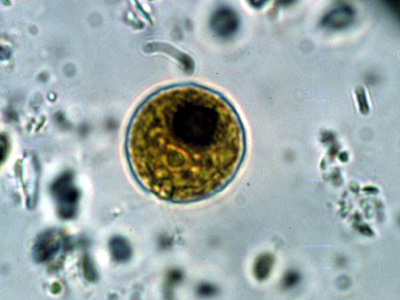Algae sequester roughly half of the carbon dioxide generated, and the DOE JGI has already sequenced genomes of the algae Chlamydomonas reinhardtii (made available 2007) and two species of Chlorella, while the sequencing of a fourth, the salt water alga Dunaliella salina, is underway. Understanding how algal gene function is affected by varying levels of carbon dioxide helps researchers studying the impact of climate change on these plants.
This project focuses on studying the portions of the algal genomes known as the transcriptomes that are transcribed from DNA to RNA in order to identify the genes whose functions are altered by changes in the carbon and nitrogen cycles. From a biofuels research perspective, depriving algal cells of nitrogen can boost the amount of oil produced. By understanding what genes and pathways are involved in producing lipids when algae are starved of nitrogen, researchers can develop better strategies of producing oil from algae and use that data to develop low-cost culture systems to help produce commercially-competitive transportation biofuels that are nearly carbon-neutral.
Principal Investigators: Donald Weeks, Heriberto Cerrutti and Cheryl Bailey, University of Nebraska-Lincoln
Program: CSP 2010
